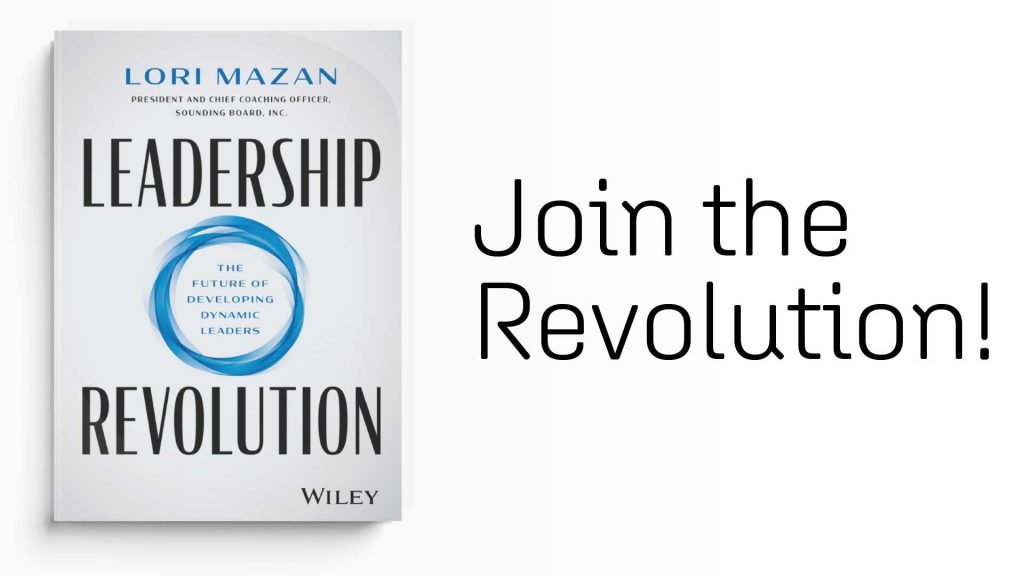Leadership gaps: Every company has at least one, but few know how to effectively address them. Yet, bridging these gaps is imperative to an organization’s survival in today’s volatile and ever-changing market.
What is a Leadership Gap?
Leadership gaps are the difference between the leaders and capabilities companies have and the ones they actually need to succeed. Leadership gaps have become increasingly prevalent due to the exponential growth of technology and the shifting demographics of the workforce. In addition, the business environment has seen large, sweeping changes that have exacerbated these gaps: the COVID-19 pandemic, the emergence of remote and hybrid work, talent shortages, and economic turbulence and uncertainty.
Common Leadership Gaps
Pipeline
When companies face a shortage of qualified candidates to replace outgoing leaders, they face a pipeline gap. As more Baby Boomers reach retirement age, businesses may struggle to bolster their leadership benches and secure effective succession plans.
Inclusion
Perhaps the most common and critical gap to address, inclusion gaps occur when leadership benches lack diversity and representation. Bridging this gap is essential to ensuring continued innovation and success.
Strategy
A strategy gap arises when a company adjusts its strategy that requires new leadership capabilities but fails to develop those capabilities in its team or leaders. This may occur when a company goes through a merger or acquisition and is suddenly faced with placing existing people to work on different strategic goals.
Intercompany
An intercompany gap can occur in several ways. There may be misalignment or poor communication between cross-functional teams. One department may have the capabilities that another one lacks but still needs.
Address Leadership Gaps Through Coaching
Leaving leadership gaps unattended can have devastating results — difficulties hiring, low retention due to poor morale, engagement, and the missed marketplace opportunities that are a natural consequence of these internal struggles.
But closing the leadership gap can be transformational. It allows a company to take swift advantage of strategic opportunities to nimbly maximize performance, innovation, revenues, and profits. Meanwhile, teams are strengthened and more easily retained, which keeps hiring costs and other expenses down.
Leadership coaching provides personalized development that can address each emerging leader’s unique needs. Because it is personalized and anchored within a company’s context, coaching can help address specific leadership gaps in targeted ways.
“Companies can avoid the most common mistakes in leadership development and increase the odds of success by matching specific leadership skills and traits to the context at hand; embedding leadership development in real work; fearlessly investigating the mindsets that underpin behavior; and monitoring the impact so as to make improvements over time,” said McKinsey & Company analysts. Coaching is uniquely suited to flexibly address context, connect to real work, and surface mindsets and behaviors that can together lead to measurable impact on leaders and on the organization.
Scale Coaching to Leaders At All Levels
Embedding coaching throughout your organization will allow you to “future-proof” your company by simultaneously addressing the evolving needs of the workforce and the workplace — giving you a strategic advantage and more freedom and fuel to outmaneuver your competitors.
While this may have been expensive and unmanageable in the past, scaling leadership coaching is now easy and affordable, thanks to technology. Virtual one-on-one and group coaching enables organizations to expand their development programs to leaders at all levels.
Learn more about how technology-enabled coaching can help your organization close its leadership gaps. Download the complete white paper “Bridging the Leadership Gap.”












